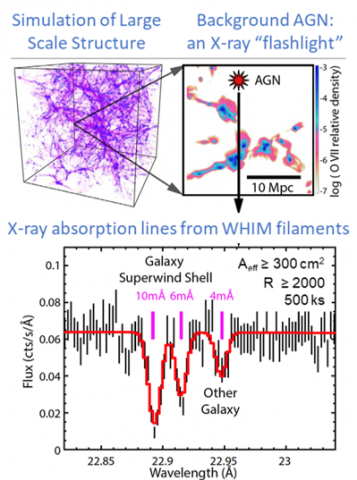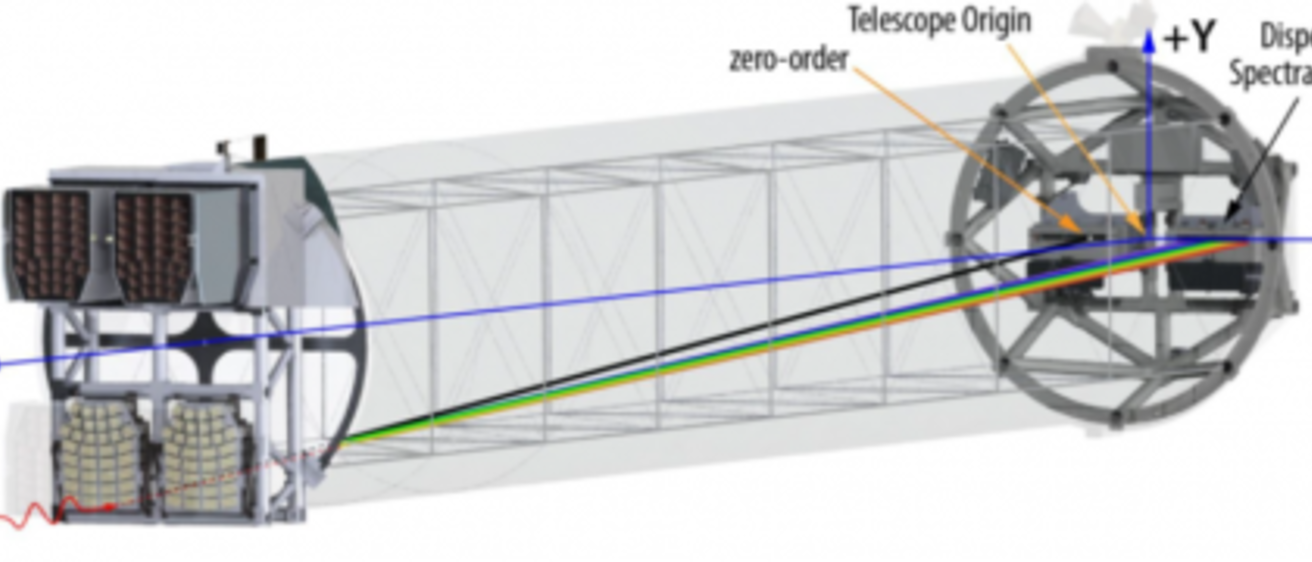Arcus, a free-flying spacecraft featuring a high resolution X-ray spectrometer, was a Medium-class Explorer concept proposed to NASA in a recent (2016) Explorer announcement of opportunity. Arcus utilizes advancements in X-ray transmission grating technology (Critical-Angle Transmission, or CAT gratings) and cost-effective silicon pore optics (SPO), enabling it to take soft X-ray (300 - 2000 eV) spectra of astronomical point sources with unprecedented sensitivity and resolution. At 21.6 Angstroms (573 eV), the wavelength of the resonance line of OVII, Arcus offers a factor of 4 - 6 increase in resolution and two orders of magnitude increase in effective area over the Chandra X-ray Observatory gratings.

The groundbreaking performance of Arcus would open up a host of new line diagnostics in the X-ray, and permit the study of outflows of active galactic nuclei (AGN), accreting black holes, and stellar coronae. One of the key science areas unlocked by Arcus is the study of filamentary structures -- called the cosmic web -- which are large-scale structures linking galaxies and galaxy clusters. The hot (1 MK) phase of these structures are theoretized to hold as much as 50% of baryonic (i.e. normal) matter within our Universe. While this hot material is well outside galaxies and clusters, making it too rarified to be observed in emission, it can be observed in absorption in the spectrum of a bright background AGN. However, current X-ray grating instruments like Chandra and XMM lack the sensitivity to detect these features when searching blindly. Observing a statistical sample of these features with an instrument like Arcus would enable astronomers not only to find these missing baryons, but also to understand the mechanisms operating over the lifetime of the Universe that put them there.
Arcus was competitively selected for a Phase A study, allowing the Arcus team to complete additional studies in preparation for potential selection. During this study, Prof. DeRoo worked on developing a detailed optical design of the instrument, performing the calculations needed to show that Arcus could achieve the performance needed for its observations.
Though Arcus was ultimately declined, the prospects of a future Arcus-like mission are bright. Stay tuned!
Arcus Website: http://arcusxray.org/
